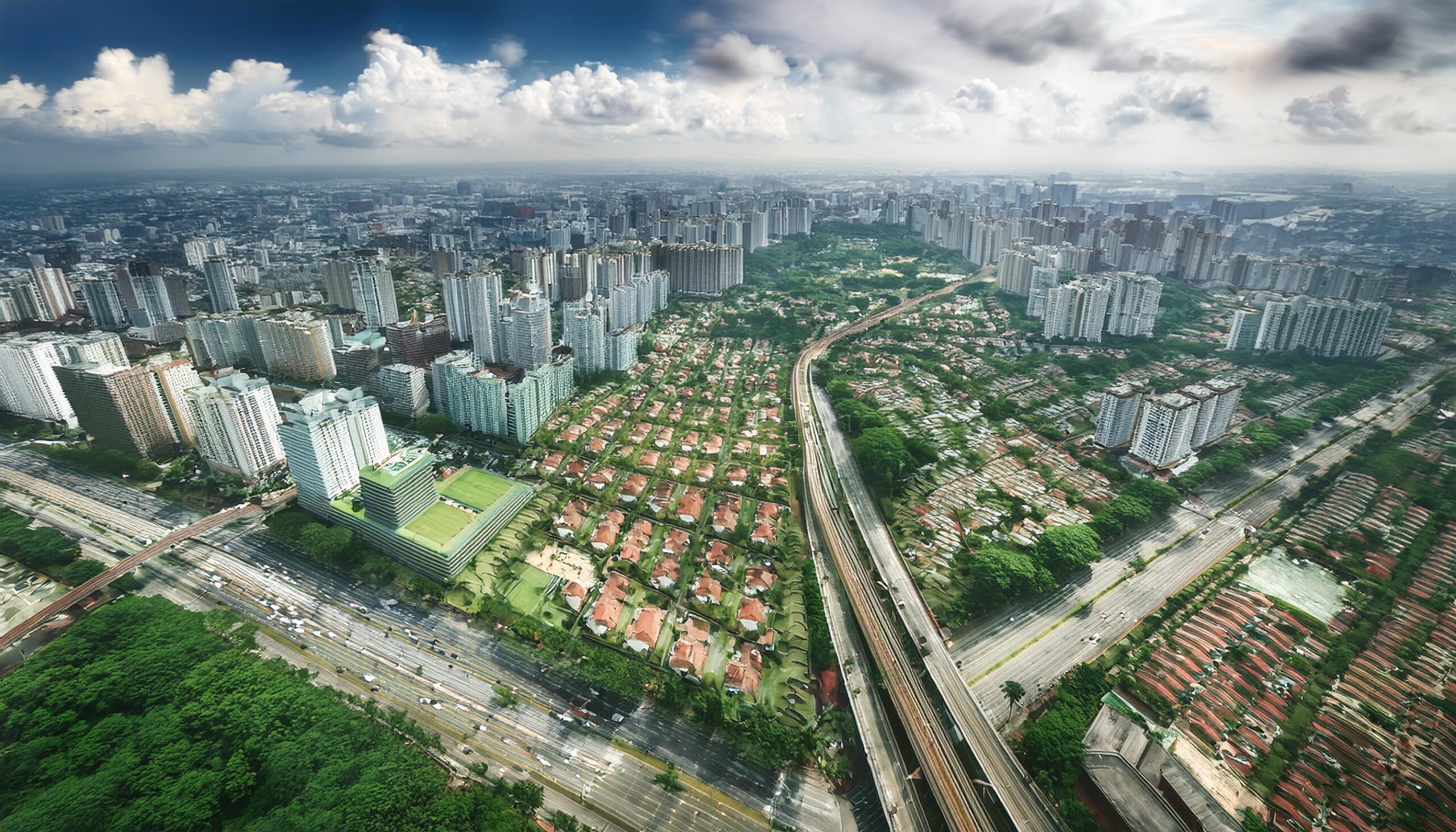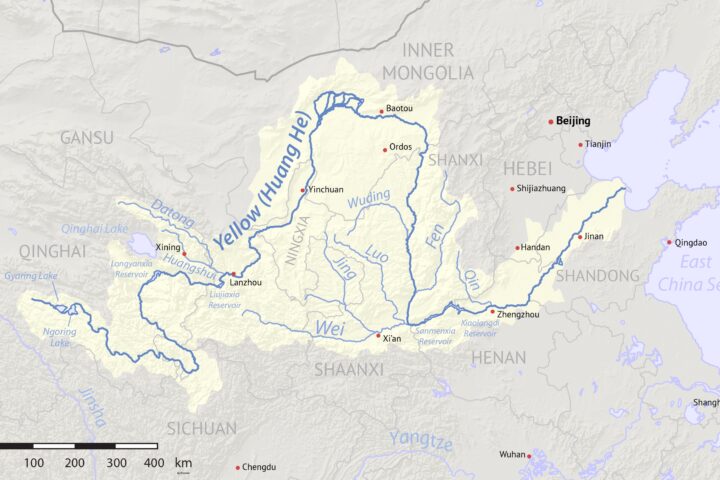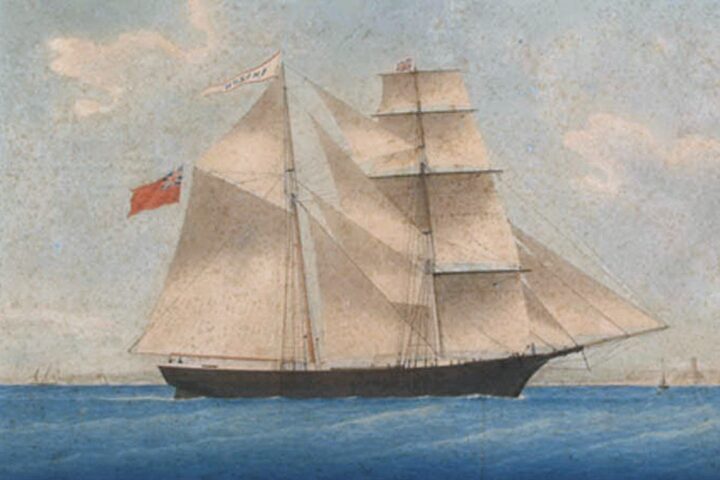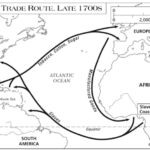Source: Firefly- This paper explores the lasting impact of colonial urban planning on cities around the world
Introduction
The mark of colonialism is one that resounds deep across the contemporary world, its influences reverberating far beyond the political boundaries of erstwhile empires. One of the most tangible manifestations of this lasting legacy of erstwhile colonial powers is witnessed in the urban landscapes of several cities spanning the globe. Desirous of economic exploitation and political control, the colonial powers imposed models of urban planning that indelibly marked both the physical and social fabric of such cities. The paper looks at colonial urbanism as a practice oriented towards urban development in cities across the globe and continues to shape contemporary urban challenges. The blueprint of colonization as the basis for urban growth.
The models of standardized urban planning were applied in their territories by colonial powers serving their proper interests, both economic and political. Very often, these goals have been resource extraction, trade, and administrative control. One of the greatest examples for it is probably the grid pattern—a kind of hallmark of colonial urbanism. It has been the implementation of a geometric layout across different landscapes, from Southeast Asia with its tropical rainforest to the arid plains of Africa. While this brought navigational and surveillance advantages, it was largely insensitive to local topography, ecological conditions, and cultural practice.
Another prominent colonial planning feature was the central business districts. The concentrated areas hosted government offices, commercial establishments, and infrastructure, thus serving as the economic and administrative heart of any colony. However, in most cases, the CBDs were designed in such a way so as to benefit the colonial elite at the expense of the local populations. Moreover, this concentration of activity has resulted in spatial inequalities and a relative neglect of peripheral areas.
The Social Implications of Colonial Urbanism
It was highly instrumental in shaping social relations and underpinning the already established power structure of colonial rule. Physical separation of the different social groups was another frequently used approach by the colonial masters. Normally, segregation on ethnic, religious, or economic grounds led to spatial divisions that continued to persist even after independence. In many colonial cities, for example, the most favorable locations were occupied by the settler population from Europe, while the indigenous people were pushed to crammed and peripheral parts of the city.
This further led to the alienation of native people from their land and the erosion of traditional land-use patterns. Most of the infrastructure projects, like roads, railways, and ports, that were undertaken involved acquisition of land and led to forced relocation of residents, disrupting their livelihoods. Rapid urbanization and creation of sprawling slums ensued as a result of this process, compounded by rural migration into cities for economic opportunities.
Colonial Urbanism and Contemporary Challenges
The legacies of colonial urbanism pose major challenges to the post-colonial city. The great number of colonial cities has a rigid and inflexible character that constrains urban growth and progress. There is also a lack of green spaces, combined with poor public transport and infrastructure that in many cases have been bequeathed from the colonial period. More generally, spatial inequalities created by colonial urban planning have been perpetuated and manifested as social and economic inequalities across cities.
Efforts to come to grips with such challenges have had varied success. Ambitious urban renewal projects seek to transform usually colonial-era infrastructure in cities. The usual challenges to such initiatives are financial constraints, political will, and community opposition from affected populations. Participatory planning and community-driven development are other strategies that have emerged as having great potential for tackling the colonial legacy of urbanism.
Case Studies: The Enduring Impact
To illustrate the enduring impact of colonial urbanism, individual case studies will be instructive.
- New Delhi, India: This was the capital of British India, and New Delhi characterizes the imperial style of colonial urban planning. The broad streets, imposing official buildings, and neatly planned-out gardens all speak about the English ideal of imperial power. In spite of its strong development and population growth, it strained the colonial infrastructures, causing huge traffic jams, air pollution, and housing shortages.
- Dar es Salaam, Tanzania: The city of Dar es Salaam, in German East Africa, the colonial capital, amazingly reflects German influence in layout. Evidence for colonial urban planning includes grid patterns, central business districts, and well-planned residential areas. In contrast, the city has come to be defined by rapid urbanization, poverty, and informal settlements, thus setting a challenge to the colonial model.
- Hong Kong has been a former British colony and is one of the striking examples of how colonial urbanism can further be adapted and transformed into high density and high-rise development responding to the limitations of land area and the requirements of a global financial center. Although the colonial past is evident in its infrastructure and land-use patterns, Hong Kong currently stands as a symbol of dynamism and innovation for cities.
The Environmental Impact of Colonial Urbanism
Apart from the social and economic dimensions, colonial urbanism has had deep and lasting impacts on the environment. More often than not, the imposed western-centric models of planning ignored the local ecological conditions, leading to long-term environmental degradation.
The destruction of natural habitats is one main area of the environmental impact of colonial urbanism. Moreover, grid-like city layouts and expansion of their infrastructures have entailed the clearing of forests, wetlands, and other ecosystems. This loss of biodiversity has had far-reaching effects on soil erosion, water pollution, and climate change. In addition, the so-called invasive species—non-native plant and animal species—have, since colonial times, disrupted delicate ecological balances.
The colonial cities were also designed in disregard to the water resources. A centered interest in water supply systems typically overlooked traditional water management practices, such as rainwater harvesting and groundwater recharge. This also caused water scarcity in arid and semi-arid regions. Again, most colonial cities were not served with appropriate sanitation facilities, hence causing the contamination of the water bodies and facilitating the spread of waterborne diseases.
This has mostly entailed the displacement of coastal communities and the destruction of mangrove forests while constructing large-scale infrastructure projects, such as ports, railways, and roads. These ecosystems are significant in terms of coastal protection and carbon sequestration. Their loss significantly enhances the vulnerability of coastal cities to natural disasters like storms and tsunamis.
De-Colonising Urban Spaces: Towards a Sustainable Future
Thus, acknowledging colonial urbanism’s harms is a real step toward establishing sustainable and more just cities. It means questioning some of the assumptions underpinning practices inherited from colonial times. That is a deep process, one of engaging with local history, culture, and ecology.
Indigenous knowledge and practices can also offer key insights for sustainable urban development. Restoring indigenous knowledge of traditional ecosystems and ecological balance in an urban setting would improve resilience. For example, indigenous plant species would enhance air and soil quality, while traditional water management systems would contribute toward the alleviation of water scarcity.
Participatory planning processes are a sine qua non in the decolonizing of urban spaces. It is through such processes that cities can be made to reflect their constituents’ needs and aspirations. Consequently, this approach has the potential to address historical injustices and promote social equity.
This has to be offset by the investment in green infrastructure, which counters colonial urbanism and its environmental impacts. Such green infrastructures include creating green spaces like parks, gardens, and urban forests that could help enhance air quality, further alleviate stormwater runoff, and provide habitat for wildlife. Secondly, there should be investment in renewable energy sources and energy-efficient buildings that will help to limit the emitting of greenhouse gasses into the atmosphere, mitigating climate change.
Conclusion
The colonial urbanism legacy thus endures to affect cities around the world, with deep, very long-lasting effects on the environment, society, and economy. Only through an understanding of the historical roots of these challenges can we begin to develop proper strategies for more sustainable and equitable futures. Decolonizing urban spaces will be a long-term, complex, and iterative process of collaboration between government, communities, and diverse expertise. The path to resilient, inclusive, and environmentally sustainable cities can be better built with indigenous knowledge, participatory planning, and use of green infrastructure.
Sources:














